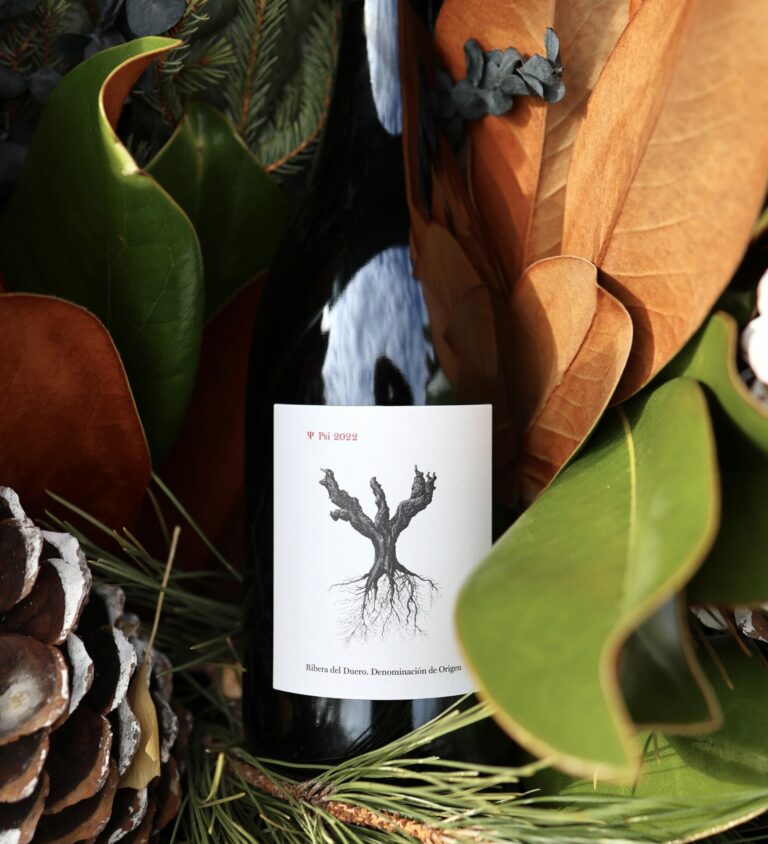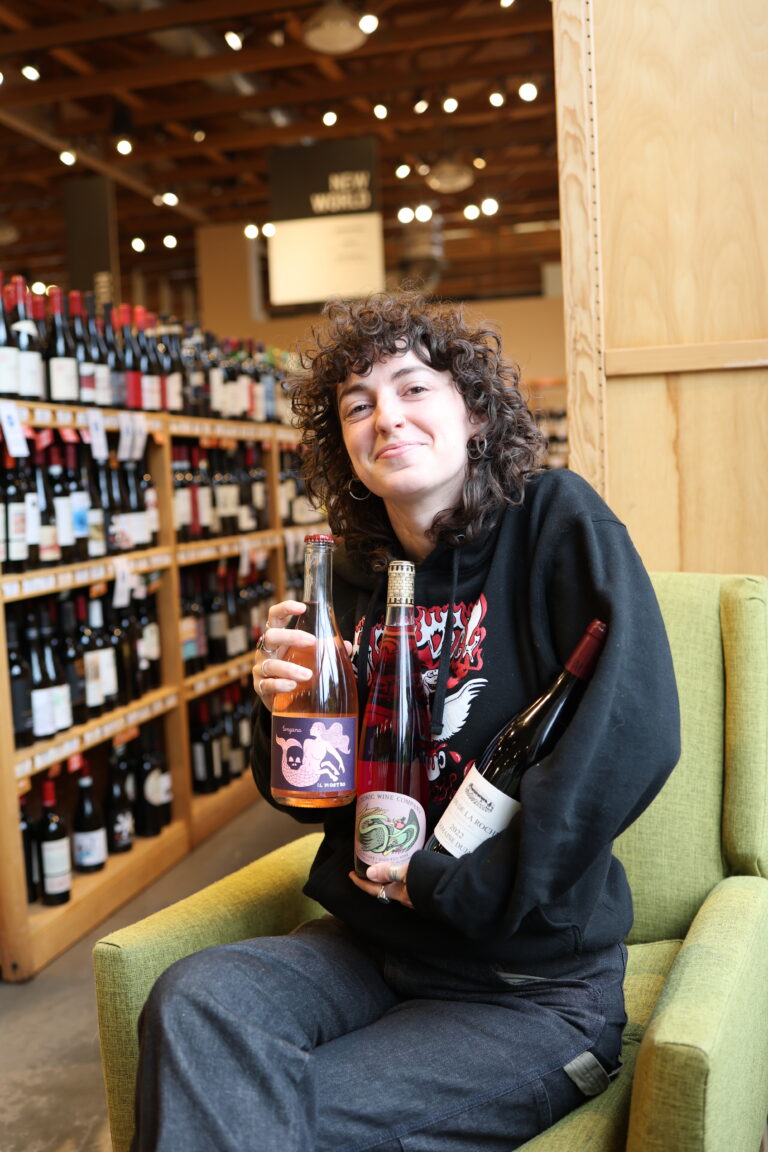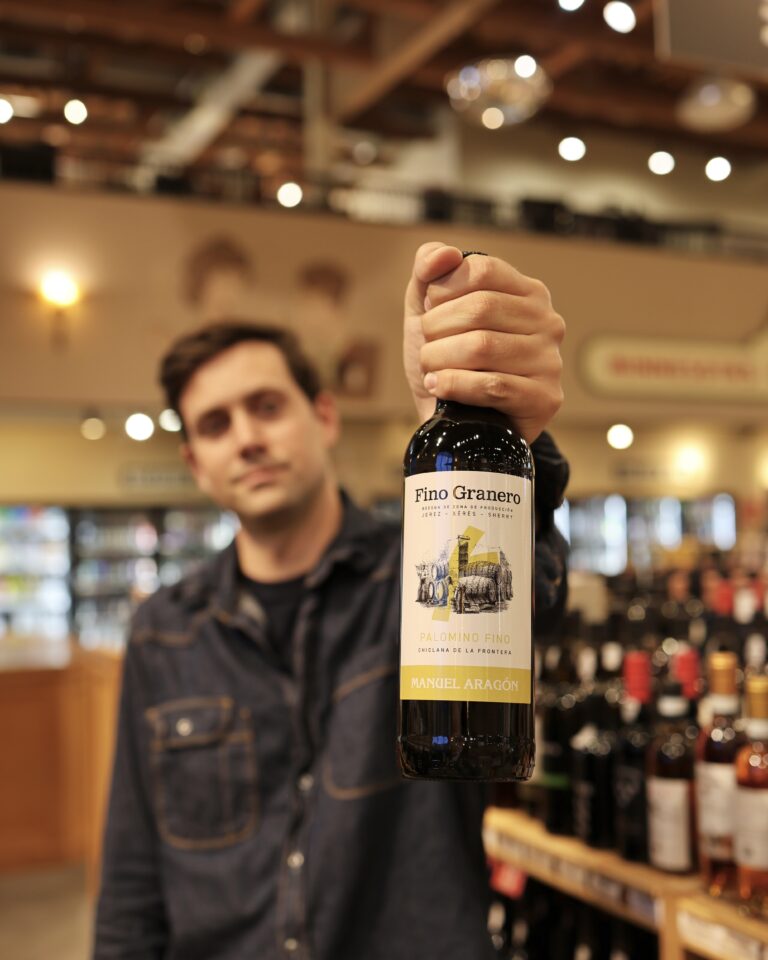Rosé needs no season. We love it so much that it has a permanent, year-round home smack-dab in the middle of our store. But it’s never more celebrated than in early spring—after we’ve made it through the throes of winter’s darkness and drear.
We’ve been feverishly stocking our shelves with every rosé we can get our hands on: Provence, California, Germany, Spain, and everything in between. But not all pink wine tastes the same. How do you weed through the (currently) almost 60 choices (with many more coming) in front of you?
We’ve put together a helpful Pink Wine Primer for this fresh new season of rosé that will guide you through the various styles, regions, and tastes that are represented on the France44 shelves. It’s by no means exhaustive, but it’ll give you an excellent start in stocking your fridge to ring in spring. Don’t be shy about asking a staff member what their current favorites are, either!
Provence
Provence is the motherland of rosé—light-bodied, fresh-fruited, and without a trace of astringency. They’ve been making rose here for thousands of years, so it’s safe to say that the Provencal style has stood the test of time. Made from a wide array of different grape varieties—Grenache, Cinsault, Syrah, and Mourvedre just to name a few—the grapes are pressed and the skins are immediately taken away so as to not let much (if any) color bleed into the juice.
Check Out: Fleur de Mer, Esprit Gassier, and Triennes
Rhone/Southern France
Rosés from the Rhone Valley and the rest of Southern France tend to be extremely similar to their cousins in Provence, with perhaps just a bit fuller body in some cases. Using many of the same grapes as Provence (with Grenache and Cinsault in the forefront), these wines will have the same vibrancy of fruit, but perhaps with a twinge of an intriguing herbal note on some of the fuller bodied ones.
Check Out: Beaurenard “Biotiful Fox,” l’Agnostique, and Lancyre
Loire Valley
Want a little more zip to your pink wine? Dive into the Pinot Noir-based rosés from the Loire Valley. With a firmer backbone of fresh acidity, these wines will have a burst of citrus along with the ripe juicy strawberry and cherry notes. Made in the same “direct press” method that southern France uses, these rosés are known for taking on the mineral-driven nature of the soils they come from—mainly limestone and chalky clay. Insider tip: many Pinot Noir rosés take a little time to come together, so the 2015s are drinking fabulously right now! Grab some if you can find them.
Check Out: Berthier Coteaux du Giennois, Pascal Jolivet, and Mellot Sincerité
California
Cali rosés mirror the bright liveliness of their homeland. There’s no one “style” here, but many producers will use the direct press method either with Pinot Noir (like Banshee) or a combo of grapes (like Skinner, one of our new favorites). Spell Vin Gris does something a little different by using the saignée method, where they extract part of the juice just after they’ve left the skins on the wine for a little bit. What you can expect is usually plump fruit, balanced acidity, and a juicy finish.
Check Out: Banshee, Skinner, and Spell
Oregon
Oregon is Pinot Noir country, so it comes as no surprise that they do their rosés in the exact same way as the Loire Valley. Recent vintages in Oregon have been quite warm, so it’s fair to expect a fuller, darker rosé than in years past—still dry though, of course! Elk Cove does their Pinot Noir rosé by taking the skins away immediately after pressing, and then adding back a bit of red Pinot Noir at the end for color, depth, and flavor. One outlier in this Pinot Noir-driven region is Illahe, who makes their rosé from the Spanish grape Tempranillo.
Check Out: Apolloni, Ponzi, and Anne Amie
Germany/Austria
Being cooler climates, Germany and Austria work mainly with the same grape(s) that Oregon and the Loire Valley use—Pinot Noir! They’re known to use a smattering of other indigenous grapes though too, including Portugieser, Blaufrankisch, Saint Laurent and Zweigelt. Methods range from direct press to saignée, and generally have a fresh acidity to them.
Check Out: Koehler-Ruprecht, Umathum, and Fritz-Muller
The Wonderfully Weird
Want to really push the boundaries on what’s possible in pink wine? Grab a bottle of old-school Clos Cibonne rosé, which is made with the ancient Provencal grape Tibouren. Set your taste buds on fire with the minerally-crisp, high-acid, just-barely-pink Altxerri Txakolina rosé. Get exotic with Scilio’s organically-grown Nerello Mascalese rosé from the slopes of Mt. Etna. It’s worth it to adventure outside of your comfort zone—it’s delicious out there!


